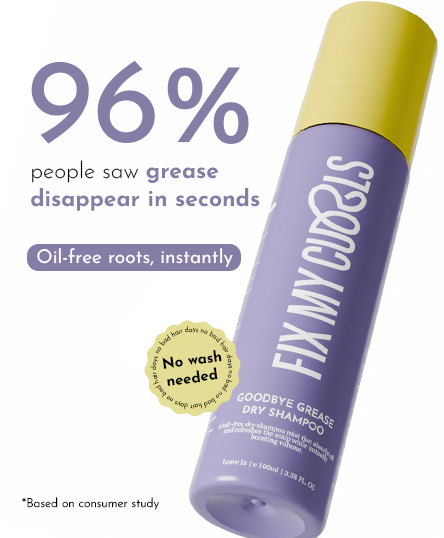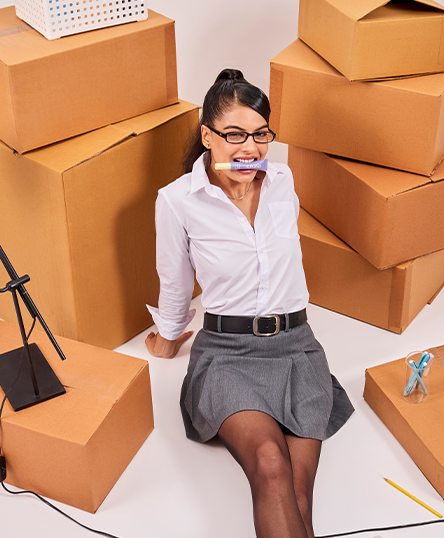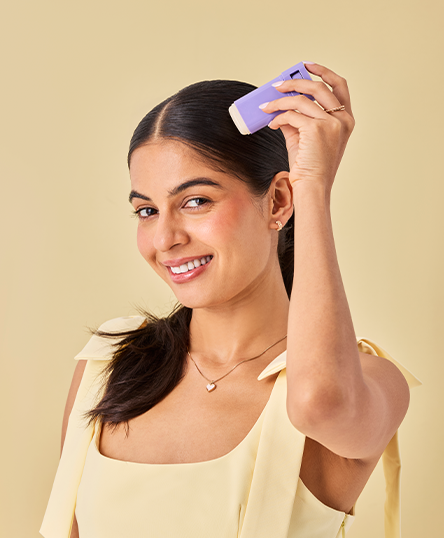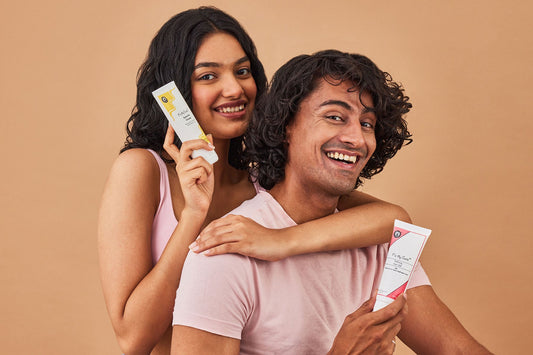Why Your Curls Are Breaking: Understanding Damage and How to Prevent It
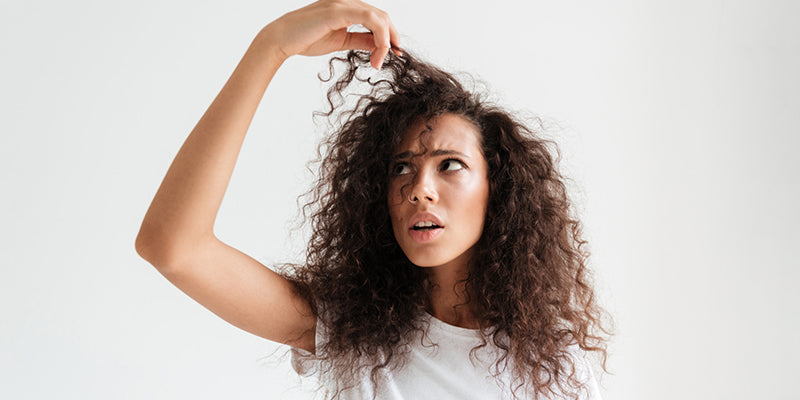

Hey curl gang! How’s it going keeping your damaged but otherwise beautiful hair in check? We understand if it seems like a full-time job. You have to keep it moist, make sure the curls look good, and stop it from getting frizzy, all at once! On top of that, challenges like hair breakage, tangling and hair fall are by-products you cannot ignore.
While it’s heartbreaking to look at your curls lose their charm owing to these challenges, it's important to understand why they are happening and find ways to stop them. Stay with us to learn more about what causes damage to curly hair and know the top, damaged hair care products and tips that you can use to reverse the condition.
Signs of Damaged Hair
Here are simple ways to find out whether you have damaged hair that needs special attention. Look out for these signs:
Split Ends
A clear sign of hair damage is split ends, which can make your curls look messy and unruly. If you see your hair ends splitting, it's a good idea to get a haircut to stop the damage from getting worse.
Brittleness
If your hair feels dry and snaps easily, it means it's not getting enough moisture. Brittle hair is more likely to break, so it's important to keep it hydrated regularly.
Frizz
Damaged hair often doesn't have the smooth look of healthy curls, leading to frizz. If your curls are frizzy, they might need extra moisture and special care.
Dullness
Healthy curls have a bright and lively shine. If your hair looks dull, it might be a sign of damage that requires the use of special hair care products for damaged hair.
Common Causes of Hair Damage
Chemical Treatments
Colouring and perming your hair can greatly damage its structure. These treatments often remove natural oil, making your curls more likely to break.
Heat Styling
Using blow dryers, curling irons, and straighteners often can dry out your hair. Too much heat can cause hair to become brittle, losing its flexibility and shine.
Harsh Hair Products
Many shampoos and conditioners have sulfates and parabens, which can dry out your hair and remove its natural oils. Choose milder, sulfate-free products instead to care for your damaged hair.
Improper Care
Using the wrong products for your hair type or washing your hair too often can cause damage. Adjust your routine to fit your curls.
Environmental Factors
Sun exposure, pollution, and humidity can all harm your hair. Protecting your curls from these factors is important for keeping them healthy and shiny.
Repairing Damaged Hair
If your curls have fallen victim to damage, don't lose hope! With the right approach and damaged hair care products, you can revive your locks and restore their health. Here are three steps to help repair damaged hair:
1. Incorporate Protein Treatments
Protein treatments are your hair's best friend when it comes to strengthening and rebuilding damaged strands. Look for products that contain keratin or other protein-rich ingredients. Use these treatments once a month to fortify your hair's structure and prevent further breakage.
2. Stay Hydrated
Hydration is the key to repairing damaged hair. Make sure to drink plenty of water and incorporate hydrating damaged hair care products into your routine. Thirsty hair is more prone to breakage, so keep those strands quenched.
3. Use Leave-In Conditioners
Leave-in conditioners provide extra moisture and protection throughout the day. After washing your hair, apply a leave-in product to keep your curls hydrated and manageable. This extra boost of hydration helps seal in moisture and prevents dryness, keeping your hair healthy and strong.
Preventing Hair Damage
Once you repair your hair damage or even better if you never faced any, here are a few tips to keep it from happening again or never!
1. Establish a Gentle Hair Care Routine
2. Choose the Right Products
Using the right damaged hair care products is crucial for maintaining healthy curls. Here are some top recommendations:
3. Protect Your Hair
The Importance of Regular Trims
Regular trims are essential for maintaining healthy curls. Here’s why:
When to Get a Trim
How Trims Help Your Styling Products Work Better
Regular trims play a crucial role in enhancing the effectiveness of your styling products. Here’s how:
Get Healthy Curls
Figuring out why your curls are breaking is the first step to getting healthier hair. By picking the right products for damaged hair, like the ones mentioned above, you can make your curls look better and feel softer. Of course, having a gentle hair care routine and getting regular haircuts are also important to stop damage and keep your curls looking great. So start treating your hair well, and see how it becomes more lively.

